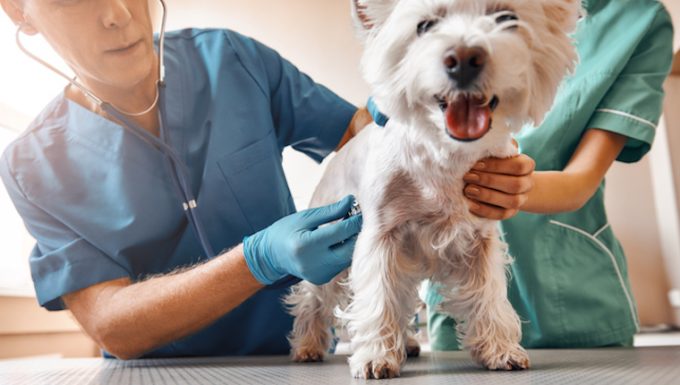Neuropathic pain in dogs is a condition that often happens after a dog suffers from a trauma or injury. The condition affects a dog’s nerves.
Unfortunately, the condition can be tricky to diagnose. This is because dogs can’t let us know precisely where any pain is.
The condition is also generally known as pain from the nervous system in dogs.
If you see the signs…




